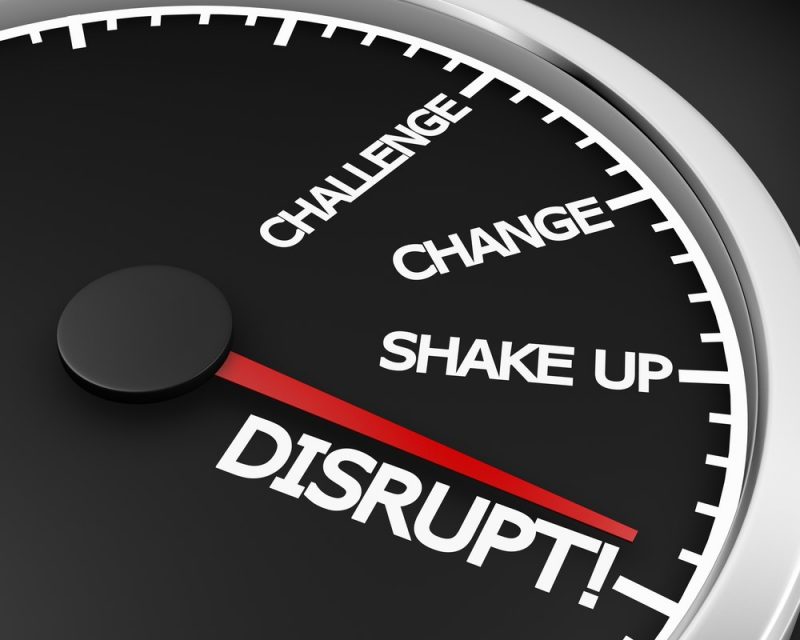Stage 7 Company (161-500 employees)
What a view. From where you sit, as the CEO of an organization with 161 – 500 employees, you have the right to be proud.
Few business owners get to sit back and simply bask in the pleasure of being successful. If you are like most CEOs, you spend very little time in reflection of where you have come from – you move quickly on to your next challenge, your next successful endeavor.
Stage 7, the visionary stage of growth, offers great opportunity while throwing even larger challenges your way.
The phrase “You can tame a wild duck but you can’t make a tame duck wild”, speaks volumes about a CEO’s challenges in Stage 7. Management’s efforts to professionalize the company often crush the entrepreneurial spirit that is so necessary to out-compete other, newer entrepreneurial firms.
Avoid Forming a Bureaucracy
Because of your size, your company has started to form layers of bureaucracy that quickly impede performance and growth.
Listen to your direct reports and employees as they talk around the proverbial water cooler. Are you hearing:
- “That’s the way it’s always been done, I don’t know why they want us to change.”
- “We really don’t have the right people on board to make that change.”
- “No one cares about what I’m doing, so why should I care?”
- “I don’t know what’s going on – they never tell us anything anymore.”
If you aren’t telling your employees what’s going on, they are making it up on their own. And their ‘fill in the blanks’ verbiage is MUCH different than yours. Theirs is full of fear, uncertainty, negative speak and attitude.
Be the Visionary
Your primary role as the leader is to spend 75% of your time as the Visionary. You need to engage, excite and empower your employees to think about and see the new vision of where the company is going from here.
Spend time communicating the vision, the strategic plan, and your desire to maintain the entrepreneurial spirit of the company that got you where you are today. Then make sure you are ‘walking your talk.’
Don’t let your company fall prey to the ‘invisible employee’ syndrome. You now have enough employees in your company that the mediocre ones can simply blend in with the rest. In other words, you have employees in your company that just aren’t performing at the level they should.
It’s sometimes easy to overlook them. If you do, you are making a mistake. Don’t let them become an invisible negative force in your company – either focus on raising their performance level or part ways.
A company in Stage 7 will have an overwhelming tendency to gravitate toward safety and equilibrium. It will start to act like a large company – its decision-making becomes slower, as does the product innovation. The bureaucracy is formidable.
Keep the Company Entrepreneurial
It’s harder to respond as quickly as a younger, more agile organization. Your job as the leader in a company of this size – along with sustaining and propagating the vision of the company – is to create a degree of disequilibrium and chaos within the enterprise.
Your goal? Create a corporate culture that supports entrepreneurial endeavors.
How? Start by going through your company lighting fires of inspiration and innovation. Be relentless in allowing mistakes in the pursuit of new endeavors.
Get out from underneath the strategic and operational challenges in order to identify and carve out new opportunities.
As the leader of a Stage 7 company, your top 5 challenges include:
-
Weak product/service development and differentiation in market
-
Profits are inadequate to grow the company
-
Too slow getting new products/services to market
-
The need for an improved profit design
-
The marketplace and your customers change too quickly
Recapturing the entrepreneurial spirit that you had when you were a much smaller, much more nimble company is critical. Identifying new opportunities, fostering exploration, developing action plans and assigning the necessary resources to manifest those plans is your new paradigm.
Do it successfully, and you will have graduated out of being the owner of a small business. You’ll be entering the elite realm of medium- and large-size businesses.
This article, derived from content created by FlashPoint!, is based on the 7 Stages of Growth concepts developed by the Origin Institute and James Fischer. It was contributed by Jacqueline Sousa, a certified Growth Curve Specialist and regional director of the Florida SBDC at FIU.

